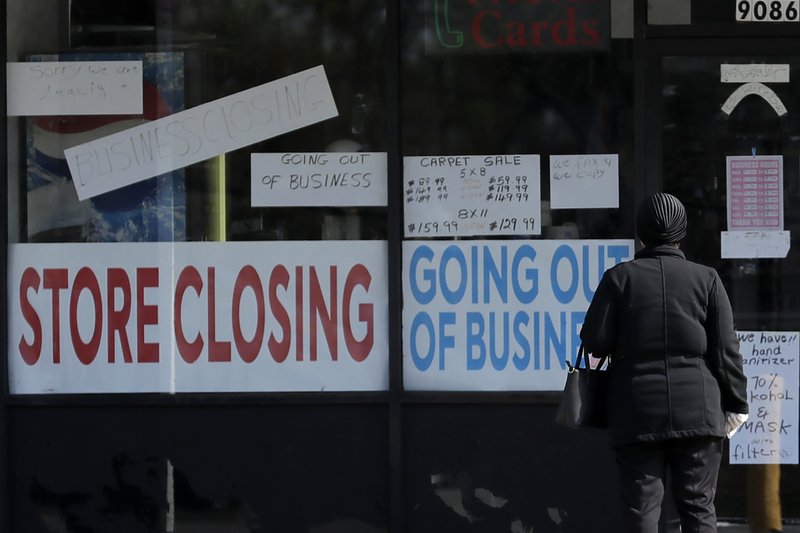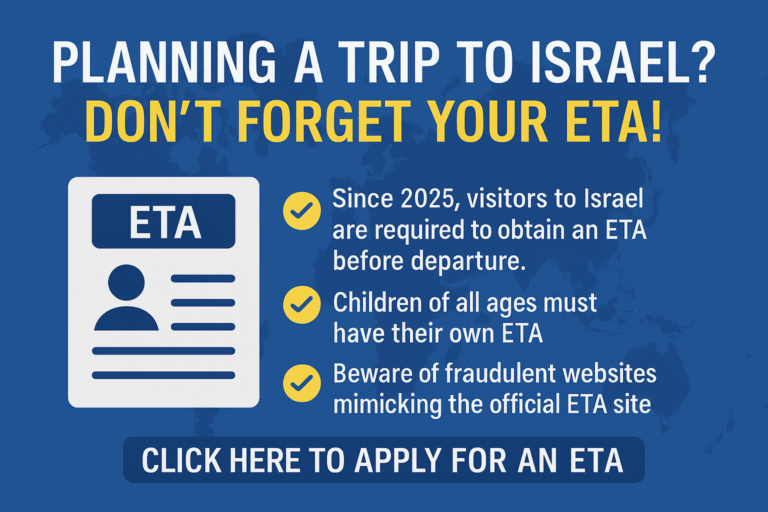Signs of renewed activity are surfacing across the country as states gradually reopen economies and some businesses call a portion of their laid-off staffers back to work. Yet with millions more Americans seeking unemployment aid last week, the U.S. job market remains as bleak as it’s been in decades.
More than 2.4 million laid-off workers filed for jobless benefits last week, the government said Thursday, the ninth straight week of outsize figures since the viral outbreak forced millions of businesses to closer their doors and shrink their workforces.
And while the number of weekly applications has slowed for seven straight weeks, they remain immense by any historical standard — roughly 10 times the typical figure that prevailed before the virus struck. Nearly 39 million people have applied for benefits since mid-March.
An additional 1.2 million people sought aid last week under a new federal program for self-employed, contractor and gig workers, who are now eligible for jobless aid for the first time. These figures aren’t adjusted for seasonal variations, so the government doesn’t include them in the overall number of applications.
“There is little evidence that the reopening of the economy has, as yet, led to any sudden snap back in employment,” said Paul Ashworth, an economist at Capital Economics, a consulting firm.
Nearly half of Americans say that either their incomes have declined or they live with another adult who has lost pay through a job loss or reduced hours, the Census Bureau said in survey data released Wednesday. More than one-fifth of Americans said they had little or no confidence in their ability to pay the next month’s rent or mortgage on time, the survey found.
uring April, U.S. employers shed 20 million jobs, eliminating a decade’s worth of job growth in a single month. The unemployment rate reached 14.7%, the highest since the Depression. Millions of other people who were out of work weren’t counted as unemployed because they didn’t look for a new job.
Since then, 12 million more laid-off workers have applied for jobless benefits. Federal Reserve Chair Jerome Powell said in an interview Sunday that the unemployment rate could peak in May or June at 20% to 25%.
The nonpartisan Congressional Budget Office estimated this week that the economy is shrinking at a 38% annual rate in the April-June quarter. That would be by far the sharpest quarterly contraction on record.
Some economists see tentative signs that economic activity might be starting to recover, if only slightly, now that all the states have moved toward relaxing some restrictions on movement and commerce. Yet it remains far from clear that the gradual and partial re-openings of some previously shuttered businesses will increase consumer spending in any meaningful way. Polls show that most Americans are still wary to visiting restaurants, stores, movie theaters or other businesses because of continued fear of contracting the virus.
Data from Apple’s mapping service shows that more people are driving and searching for directions. Restaurant reservations have risen modestly in states that have been open longer, according to the app OpenTable. But those numbers are still far below pre-virus levels. In South Carolina, one of the earliest states to reopen, reservations have increased but are still down nearly 69% from a year ago.
In most industries, employees are working more hours than in mid-April, the peak of the virus-related shutdowns nationwide. Data from Kronos, a workforce management software company, shows that shifts worked at its 30,000 client firms are up 16% since then. The shifts are still down a sizable 25% from pre-virus levels.
Even in states that have been reopened the longest, like Georgia, not enough shoppers are visiting stores and restaurants to support significant rehiring, said David Gilbertson, an executive at Kronos.
“Our data is suggesting this recovery is going to take a while,” Gilbertson said.
Full Coverage: Economy
One rehired worker, Norman Boughman, received an email last week from his boss at a second-hand clothing store in Richmond where he’d worked part time, asking him to return, one day before Virginia allowed most retailers to reopen.
Boughman, who had applied for unemployment benefits to no avail, was happy to be paid again. So far, the job seems secure to him, because the store has been busy, and the owner hasn’t expressed any concerns about business. But even while wearing a mask, Boughman worries about the potential threat to his health.
“We’re having to sort through people’s things, and I feel like that puts us at a higher risk,” he said.
Julia Pollak, a labor economist for ZipRecruiter, said that while some companies have tentatively begun hiring, they are vastly outnumbered by the number of businesses that are still cutting jobs.
One consistent bright spot has been companies connected to e-commerce. They are adding many more workers as online shopping has soared. Amazon has posted 200,000 jobs in the past six week — 6% of all the jobs posted online — Pollak said, according to her company’s research of all postings. Target’s delivery company, Shipt, is also adding jobs. So is Walmart.
“The hiring that we’re seeing is just much more concentrated,” Pollak said. “Most industries have seen a massive decline in job postings.”
Last week, the three major U.S. automakers, plus Toyota and Honda, recalled roughly 130,000 of their employees back to factories for the first time since the plants had closed in March. That’s about half the industry’s workforce. Some auto executives say sales have held up well enough to support the recall of those employees.
Still, the automakers, like other businesses, are also grappling with the health risks of operating during a pandemic. On Tuesday, Ford had to halt production at two assembly plants after three workers tested positive for the coronavirus.
Major employers are still announcing job cuts. Uber said this week that it will lay off 3,000 employees, on top of 3,700 it has already cut, because demand for its ride-hailing services has plummeted. Vice, a TV and digital news organization tailored for younger people, announced 155 layoffs globally last week.
Digital publishers Quartz and BuzzFeed, magazine giant Conde Nast and the company that owns the business-focused The Economist magazine also announced job cuts last week.
Stephen Stanley, chief economist at Amherst Pierpont, said the most recent layoffs may be particularly worrisome because they’re happening even as states are gradually reopening their economies. This could mean that many companies foresee scant likelihood of a substantial economic recovery anytime soon and so still feel a need to cut jobs.
“There’s a high probability that those layoffs could persist for longer than those that were a function of (businesses) just being closed,” Stanley said.
(AP)











